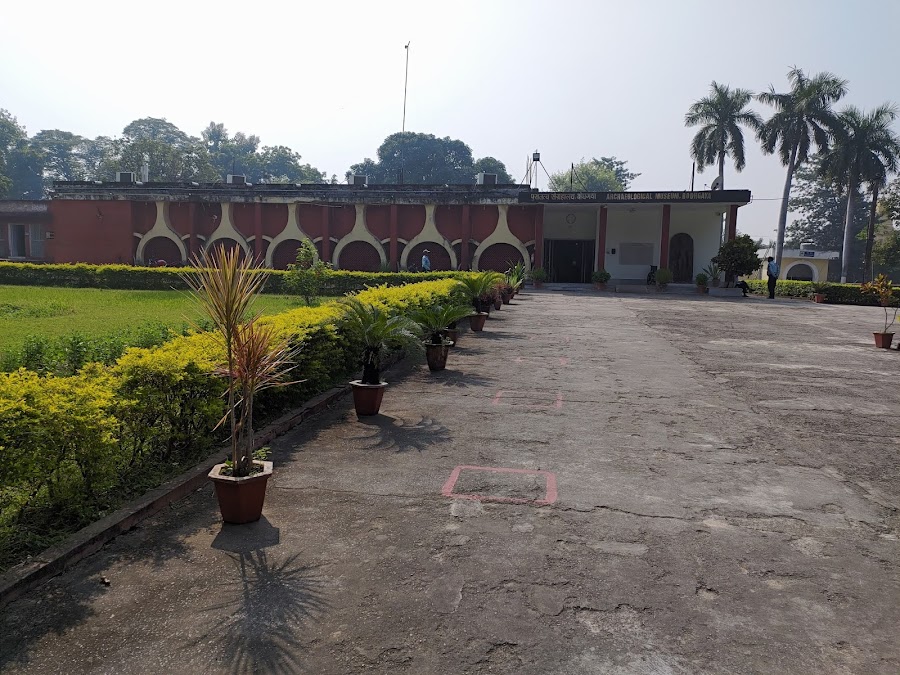
Archaeological Museum Bodhgaya
Gaya, India
- Explore ancient sculptures and artifacts
- Learn about Buddhist history
- Study pottery and relics
- Take photos of historical items
- Understand religious practices
- View stupa fragments
Known for:
Description:
The Bodh Gaya Archaeological Museum is a treasure trove of artifacts unearthed from the sacred site of Bodh Gaya, where Buddha attained enlightenment. It houses a remarkable collection of sculptures, pottery, and relics, offering a glimpse into the rich historical and cultural heritage of the region. The museum provides valuable context to the spiritual significance of Bodh Gaya, showcasing the artistic expressions and religious practices of ancient times. Visitors can explore the exhibits and gain a deeper understanding of Buddhism's evolution and impact.
History:
Established in 1956, the museum's genesis lies in the need to preserve the numerous archaeological finds from Bodh Gaya and its surrounding areas. The artifacts span centuries, from the Mauryan period to the Pala dynasty, reflecting the diverse influences on the region. The museum's collection includes statues of Buddha, Bodhisattvas, Hindu deities, and fragments of stupas and monasteries. It has served as a significant research center for scholars and a vital educational resource for understanding the historical layers of Bodh Gaya. Over the years, the museum has expanded its collection and improved its facilities to cater to a growing number of visitors.